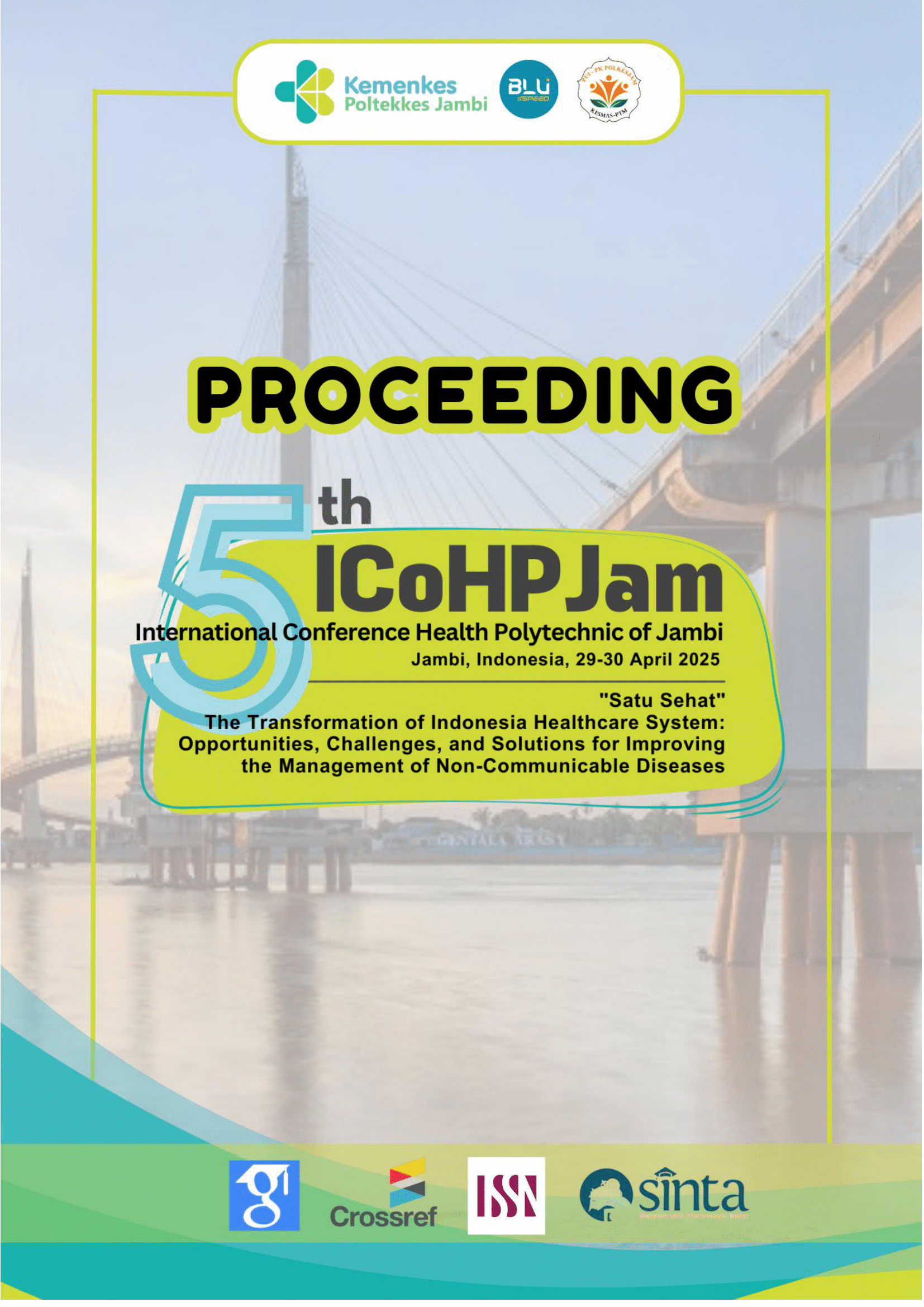Analysis of Prevalence Trends of Stunting, Wasting, And Underweight In Toddlers In Indonesia 2021-2023
Abstract
Background: Malnutrition in toddlers, especially stunting, wasting, and underweight, is still a public health challenge in Indonesia. Although various interventions have been implemented, the trend of growth disorders still shows regional differences. This study aims to analyze the trend of changes in the prevalence of stunting, wasting, and underweight in toddlers in regional Indonesia from 2021-2023.
Method: This study used a descriptive design with a trend analysis approach. Data were obtained from the 2021-2022 Indonesian Nutrition Status Study (INSS) and the 2023 Indonesian Health Survey (IHS). The sample included toddlers aged 0-59 months who had complete anthropometric data. The analysis was conducted based on seven regional areas in Indonesia using descriptive statistical methods to identify patterns of changes in prevalence.
Result: The study showed that the prevalence of stunting decreased from 24.4% in 2021 to 21.5% in 2023. Wasting increased from 7.1% to 8.5% in 2023. Underweight showed a downward trend from 17% to 15.9%.
Conclusion: The highest prevalence of Stunting, Wasting, and Underweight during 2021-2023 was in the Eastern Indonesia Region, namely Nusa Tenggara and Maluku. Community-based interventions contributed to the reduction of stunting and underweight, but wasting remains a challenge that requires special attention. Policies that are more focused on improving food security and access to health services are needed to address nutritional disparities between regions.



